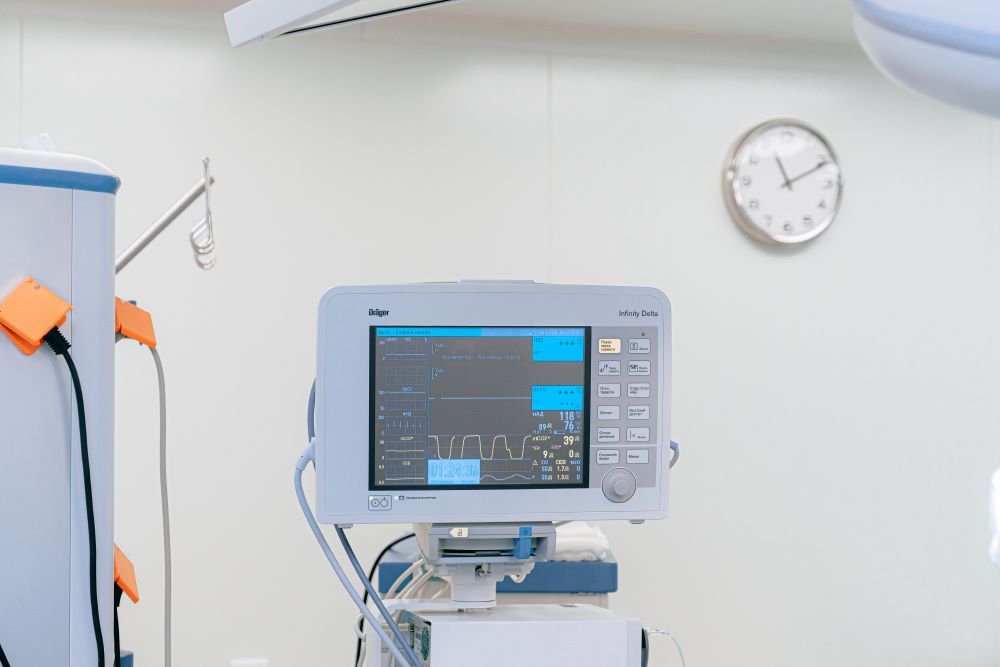Post-pandemic ER visits are declining among teens, but there’s still a long way to go.
The COVID-19 pandemic has immensely impacted the mental health of people worldwide, including adolescents. Since the pandemic began, there have been concerns about the increased risk of anxiety, depression, and other mental health problems in teenagers. However, recent data from the Centers for Disease Control and Prevention (CDC) indicated that the number of weekly emergency room visits for mental health conditions among U.S. adolescents is decreasing as the pandemic eases. This is good news, but there’s still a long way to go.
The recent report showed that by late 2022, pandemic restrictions had been eased or lifted, and adolescents had generally returned to schools. This return to normalcy, accompanied by better social engagement and reduced isolation, appears to be linked with teenagers’ improved mental and behavioral health. The researchers found that emergency department visits for mental health conditions in adolescents overall fell by 11% between fall 2021 and fall 2022.
While this is positive news, the report also highlights that poor mental and behavioral health within this age group remains a notable public health issue. Furthermore, the report found that adolescent males saw a 41% increase in weekly emergency room visits for opioid-involved overdoses during the same time period. There was also a 10% increase for females with these types of visits. The research showed, compared to three years earlier, the number of visits related to mental health conditions was unchanged for adolescent females, but suicide-related behaviors and drug overdoses increased by 14% and 16%, respectively.

Among adolescent males, while there was a decline in weekly emergency department visits for mental health conditions overall when compared to fall 2019, the numbers remained unchanged for suicide-related behaviors and drug overdoses. This means, there’s still much work to be done to combat these numbers.
The report’s findings suggest that while adolescents have received some measure of relief from the pandemic’s mental health impact, there is yet much work to be done to ensure that young people have access to the aid and support they need to maintain their mental health.
The CDC emphasizes that any adolescent overdose is a cause for concern, particularly given the increased access to highly potent and lethal phony pills containing illicitly simulated fentanyl via social media platforms. A recent CDC report indicated that fentanyl-related deaths in the United States more than tripled over five years.
Overall, this data highlights the need for early identification of at-risk individuals and trauma-informed interventions associated with evidence-based, comprehensive prevention efforts to support adolescents’ mental and behavioral health. It is clear that addressing the mental health challenges facing adolescents will require a concerted effort from parents, schools, healthcare providers, and policymakers, among other parties.
In general, the decrease in emergency room visits for mental health conditions among U.S. adolescents is a promising sign that some progress is being made in addressing the pandemic’s effect on mental health. However, significant challenges remain, and policymakers must continue to prioritize mental health services for adolescents. Effective prevention and intervention strategies can help ensure that young people get the help they need to thrive for a long time to come.
Sources:
Teen mental health emergency visits decline in U.S. as pandemic eases, CDC says


Join the conversation!